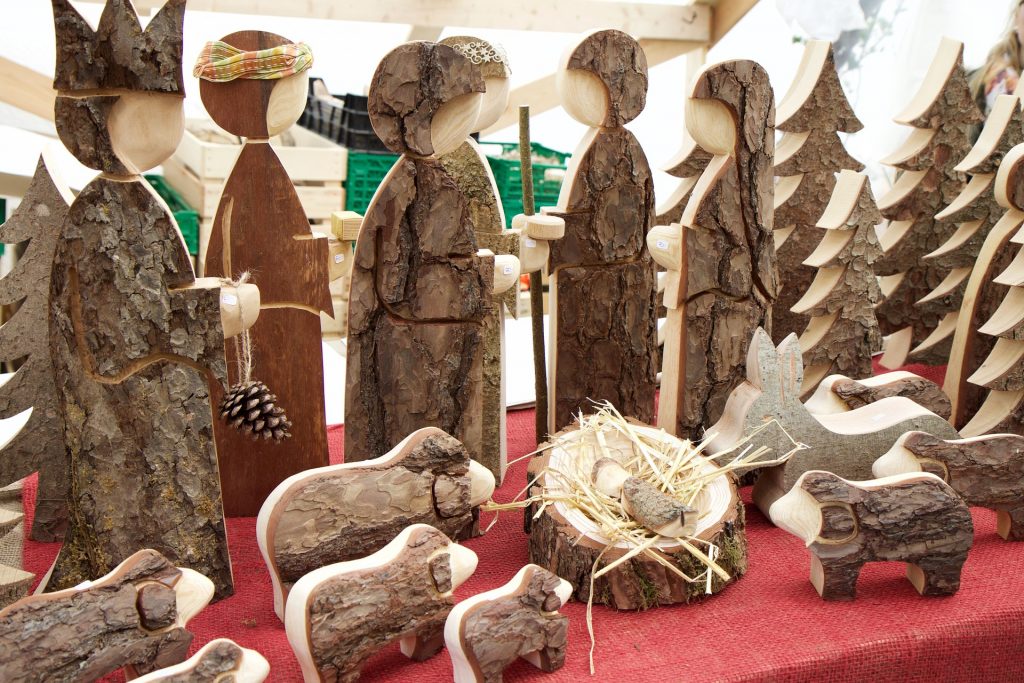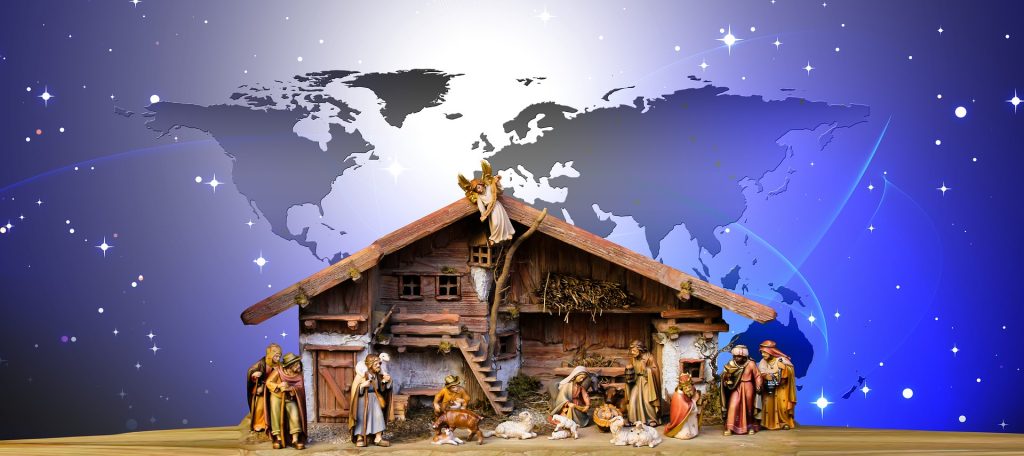Once upon a time…baby Jesus was born! Jasełka – Christmas Nativity Play in Poland Posted by Kasia on Dec 17, 2018 in Culture
Through the centuries, each nation has built up different traditions centering around the amazing festivity of Christmas. One of the ways Poland expresses warm feelings that come with Christmas time is Jasełka (jasełko is taken from the world jasło which is synonymous with żłobek – crib).
The custom originated in the 13th century when St. Francis of Assisi, set the first Nativity tableau. Soon there after It was brought to Poland by Franciscan monks. The earliest sign of a manger scene in Poland was in St. Andrew’s church in Kraków. The first szopka (creche) were quite simple. With the passing of time monks took on the roles of the figurines, and developed a living nativity.
Throughout the 18th century, native artisans were making szopki that were distinctively Polish in architectural design, folk costume and motif. Each region (każdy region) developed its own unique design, but it was in Kraków that it developed into a high art.
Eventually, dialogue crept in and the jasełka play developed. Monks were replaced in due course by common folk and even the nobility. Figures from history, local tradition and legend, such as Pan Twardowski were added for national color. Allegorical figures such as the devil and śmierć (death) carrying a scythe soon appeared, along with Biblical figures, such as, the Holy Family and King Herod.
Even the inanimate szopka without human actors was improved upon. Around the early 1700s stringed marionette or stick puppets replaced the static figures. The performances presented two types of integrated plots: a Biblical one telling the Nativity story and a lay one of traditional, folk and satirical nature.
Still taking place in church, it was soon realized that the excitement of such entertainment had gotten out of hand. In 1736, these plays were banned from the churches by Bishop Teodor Czartoryski, permitting only immobile scenes of a strictly Biblical Christmas. Both the live and puppet shows now were passed down to the people, who included them in the ritual of caroling (kolędnicy).
Following the ban the performances evolved into a true expression of folk art. The live “jasełka” became a traveling show beginning on St. Stephen’s Day (December 26). The Bethlehem locale, was now set in Poland. Original characters and much of the traditional dialogue were preserved, but in the hands of artists and students it became a mirror of community life, with political satire and local anecdotes added in.
Key moments were preserved, such as the well-known scene between King Herod and the devil. The devil triumphantly exclaims in retribution for Herod’s Massacre of the Innocents, “Królu Herodzie za twe zbytki, chodź do piekła, boś ty brzydki” (King Herod for your wicked ways come with me to hell because you are deplorable). This scene was extremely popular with the audience.
The outbreak of World Wars I & II put a temporary end to the szopka, but the tradition lives on in succession of any political or military interruption. Competitions have become an annual holiday tradition with a magnitude of entrants. Kraków hosts the competition in the central Rynek (marketplace) Square. The puppet shows survive to this day as popular entertainment and are anticipated by the public each Christmas.
Jasełka are still performed in schools, churches and culture centers around Poland. I really enjoy them:)

Build vocabulary, practice pronunciation, and more with Transparent Language Online. Available anytime, anywhere, on any device.





